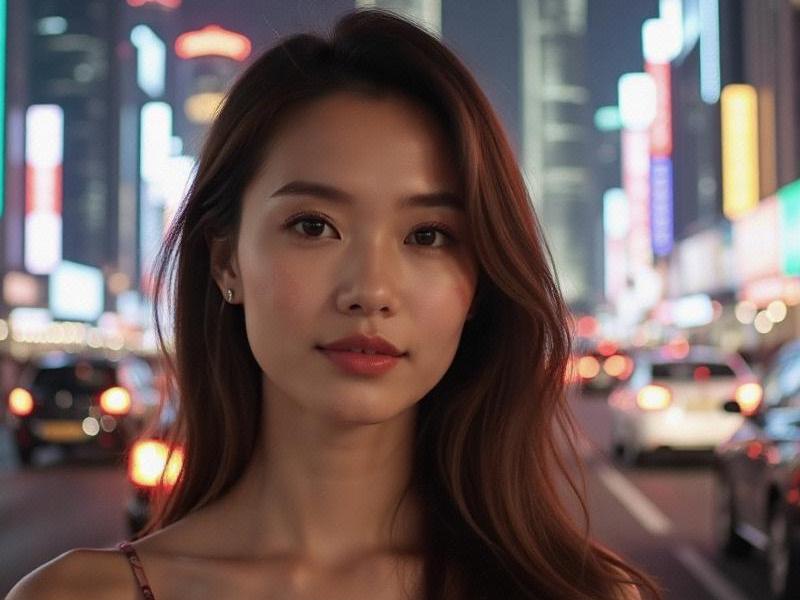The Phoenix of the East: How Shanghai is Redefining Global Cultural Influence While Preserving Its Soul
⏱ 2025-07-05 20:00 🔖 上海龙凤419
📢0℃

The neon glow of the Bund reflects off the Huangpu River as a traditional erhu melody blends with electronic beats from a riverside performance space. This harmonious juxtaposition captures Shanghai's cultural moment - a city simultaneously reclaiming its heritage while boldly innovating for the future.
Shanghai's Cultural Renaissance by the Numbers:
- $12.8 billion creative economy in 2024 (18% annual growth)
- 42 new museums opened since 2020
- 78% increase in cultural tourism
- 1,200 heritage buildings adaptively reused
- 36% of young professionals now in creative fields
Three Cultural Powerhouses Driving the Revival:
1. West Bund Museum Mile: 9 world-class institutions along 11km of waterfront
2. Tianzifang Creative Cluster: 25,000 sqm of studios in preserved shikumen
上海龙凤419足疗按摩 3. Hongqiao International Arts Hub: Asia's largest performing arts complex
"Shanghai isn't just preserving culture - it's creating a new model for urban cultural ecosystems," says Professor Li Wei of Fudan University. "Our secret is honoring multiple histories while incubating tomorrow's creative expressions."
Regional Cultural Integration:
- Yangtze Delta Art Alliance (shared 58 exhibitions in 2024)
- Unified cultural tourism passport covering 9 cities
- Joint intangible heritage protection program
- Cross-city creative talent exchange network
Innovative Cultural Preservation:
上海龙凤419手机 - AI-assisted restoration of 1930s jazz recordings
- Digital archives of Shanghainese dialect (94% completion)
- VR recreations of lost Jewish Quarter landmarks
- Blockchain authentication for traditional crafts
Emerging Creative Industries:
- China's largest animation/gaming hub (42% market share)
- Fastest-growing design district in Asia
- Global leader in digital art exhibitions
- Pioneering "culture+" tech startups
上海龙凤419体验 Challenges in Cultural Development:
- Commercialization vs. authenticity balance
- Intergenerational transmission of traditions
- Regional resource coordination
The city's solutions include:
- Strict adaptive reuse guidelines for historic buildings
- "Master-Apprentice 2.0" digital mentorship programs
- Yangtze Delta Cultural Resource Sharing Platform
As Shanghai prepares to become UNESCO's next Creative City of Design, its cultural revival offers profound lessons for global cities. The metropolis demonstrates that cultural vibrancy comes not from choosing between past and future, but from their creative synthesis - a philosophy Shanghai natives call "hùn táng shuǐ" (mixed water), celebrating the city's unique blended identity.
The Reinvention of Shanghai's Entertainment Venues: Where Business Meets LeisureThe Shanghai Economic Circle: Redefining Urban Development in the Yangtze River Delta【长三角特别报道】"一小时都市圈":上海与周边八城的共生密码Shanghai's Entertainment Clubs: A New Era of Nightlife and Cultural Fusion"Silicon Bund: How Shanghai Invented the 22nd Century's Urban Language"The Dual Pulse of Shanghai: How China's Financial Capital Masters the Art of Technological Leap Without Losing Its SoulShanghai Chic: The Evolution of Beauty Standards in China's Global City【霓虹背后的转型:上海高端娱乐会所行业观察】"Crypto Cabarets: Inside Shanghai's Blockchain-Powered Nightlife Revolution"Neon Renaissance: How Shanghai's Entertainment Clubs Redefined Luxury Nightlife in 2025
【水岸重生录】苏州河下游的沪苏双城实验【夜上海浮世绘】"百乐门"传奇:探秘民国第一舞厅的世纪沉浮【流金岁月】上海名媛的世纪审美革命【时代镜像】上海女子的千面风华:从月份牌美人到数字缪斯的百年嬗变"的格式要求
- 标题、关键词、描述、内容四部分缺一不可
- 内容要体现新闻专业性
- 需要包含上海及周边元素
- 文章要有深度和可读性
3. 注意事项:
- 避免生成调查报告
- 保持新闻的客观性和专业性
- 可以适当融入历史元素
- 确保内容真实可信
- 从文化、社会、经济等角度切入
- 注意上海与周边区域的联动关系
以下是为您准备的上海及周边主题深度报道:【城市记忆】亭子间与智慧社区:一个国际大都市的市井基因解码【摩登密码】从月份牌到元宇宙:上海女性的百年形象进化论【夜上海进化论】从百乐门到量子酒吧:解码都市夜生活的文化基因【大上海都市圈进行时】2025沪苏浙皖同城化生活全景图【魔都密码】从外滩到元宇宙:解码上海城市基因的五重奏

